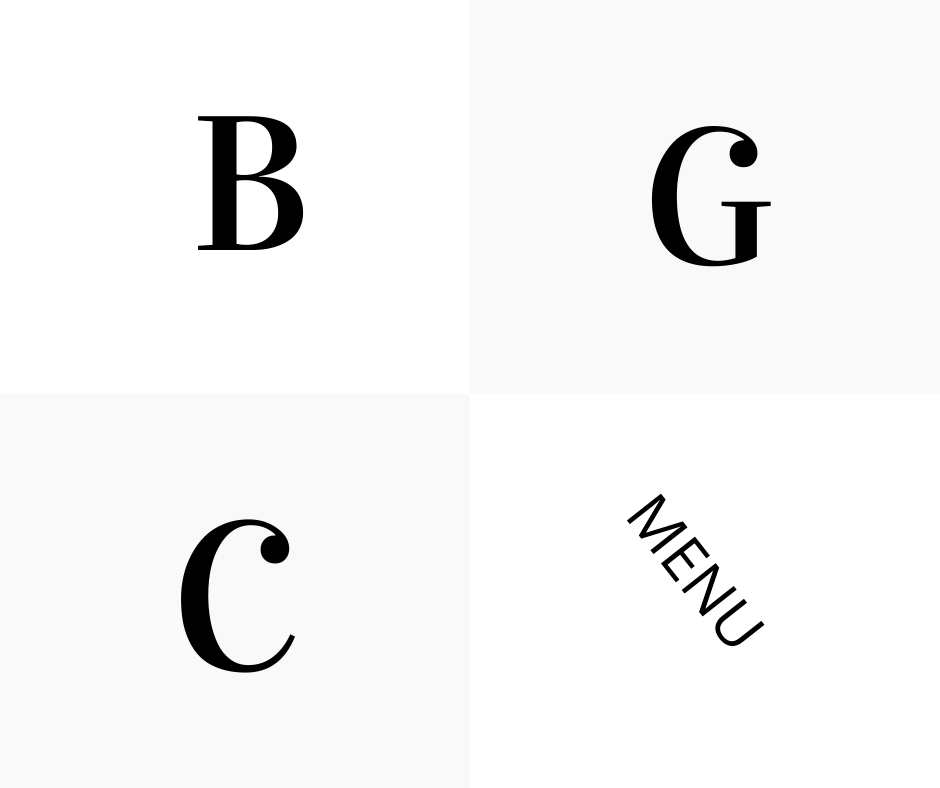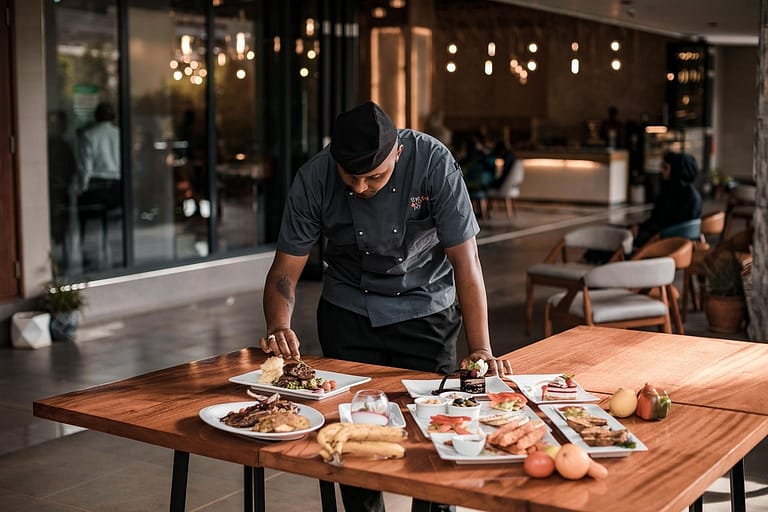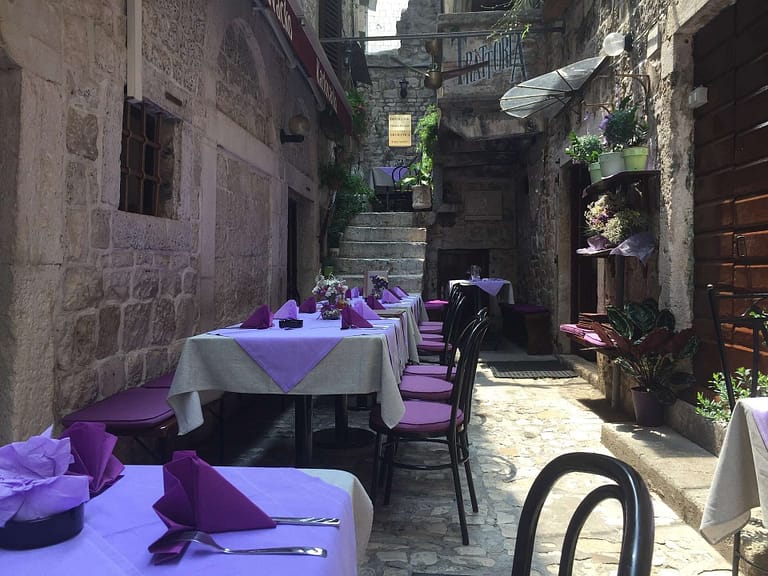
Nicholls Hospitality Marketing was asked to do a menu analysis for a great restaurant. The conversation started off by asking if the owner had ever used the BGC matrix in conjunction with social media to work on promoting various menu items. The owner who is a true expert on coffee had not heard of the BGC matrix and so I thought that I would share a bit about how to use the BGC matrix for your menu. The BGC matrix was originally used to help classify business units in manufacturing but can help you identify which menu items you should be promoting or pulling. The matrix organizes this into areas that: have a high margin and high sales called stars, have a high margin but low sales called question marks, have a low margin but consistent sales called cash cows and areas that have low margins and low sales these are called dogs. Dogs are the ones that obviously should be pulled from the menu. I realize that some menu items have an emotional attachment that goes beyond the bottom line but for the sake of your business pull it and just make it for yourself or the occasional special regular guest and they can just order off-menu.
The menu items that are stars are ones that should be just left alone they are working fine and as it is in the world of work there is often more to do than time to do it in so this will help prioritize your time. Cash cows are the regulars that continue to produce steady reliable income, they are not your top income generators for these menu items you may want to try to increase your prices or reevaluate the ingredients to see if the contribution margin can be increased and have them move from the cash cow to a star category. The items that are question marks are ones that may need more promotion to see if the sales volume can be increased to help move them into the star position as well. The items that are Dogs are the ones that need to be replaced with a new item or just removed. These items are items that do not sell well and do not have a good contribution margin. Working through your menu this way will also help keep your product offering new and interesting and moving towards greater profitability. The goal is to have more and more items move into your Star category.
While using the BGC matrix to help identify which items are classified in which area, it is important to begin the process by clearly defining your targeted profit level.
Using the BCG matrix is of course just one component of doing a proper evaluation of a menu. One component that is essential. Menu engineering covers a lot of territory far too much for just one post. The area that will be highlighted here is the integration of the BGC Matrix and item selection.
How Many Items Should be on a Menu?
Once you have determined what items on your menu are in which category, your next step in implementing this strategy is to consider how many items you should have in each area. Some research states that there should be no more than 7 items per section on your menu to avoid the Paradox of Choice but this also depends on the service style of the restaurant, if is it a QSR or fine dining. The Paradox of Choice is when a person is presented with so many options that they feel overwhelmed and FOMO (the fear of missing out occurs) so ordering becomes stressful rather than a pleasant process that helps to build brand affinity.
Reducing the number of choices can also help increase service speed and table turnover, which in the end produces the opportunity for increased revenue. The longer it takes a person to make a decision the longer the service experience. So what do you do if you have a very lengthy menu?
What Do You Do If You Have A Big Menu?
Ask yourself if you are trying to compensate for something?
Ask yourself if you are trying to compensate for something? Just joking, but not really. You can’t be great at everything, and no one would believe you if you said that you were. So why do owners do this? Owners have an overly large selection because instead of truly developing the highest quality in their selection, owners hope to entice the guest with a broad selection, or worse they have lost focus on what their restaurant is really about, which leads to a whole host of other marketing challenges. Having an overly large menu leads to a decrease in quality in two areas. The skills and ability to prepare a large number of menu items with excellence, and the possibility that the menu ingredients will be kept longer than their optimal shelf life impacting the quality of the end product, a double loss. With a very large menu that does not utilize a lot of common ingredients, you will also place yourself in a position to incur an unnecessarily high level of food spoilage. Restaurant food waste management should be a key part of your menu planning. If you have done all that you can to reduce the size of your menu segment your menu further.
Menu Segmentation
Segmenting your menu to help reduce the Paradox of Choice can also help you create strategic positioning and competitive separation. Increased segmentation helps the reader to manage the menu and identify the areas that are of particular interest to them. A vegetarian doesn’t want to have to scan through the entree’s to see if there is something for them. Increased segmentation also helps your guests to feel as though you understand their needs and wants and that they are welcomed at your restaurant, that you have something just for them. When you are segmenting your menu it is also important to consider the gaze patterns and place the items with the highest margin in the highest viewed areas of your menu be it a or creating negative space, or white space around the items that you want to highlight.
Alternatives to Menu Segmentation

An alternative to menu segmentation is creating cyclical menus for the various seasons or even special events. This will help you to scale your menu down and keep it relevant and to the time of year.
While this is really just the tip of the iceberg when it comes to menu analysis or menu engineering the real focus of this post was to help you to think about using the Boston Consulting Group matrix in determining what items to keep and which ones to feed to the “Dogs”.
If you would like to see find out more about how Nicholls Hospitality Marketing looks at the menu and its role in marketing we would be happy to have a conversation with you.





